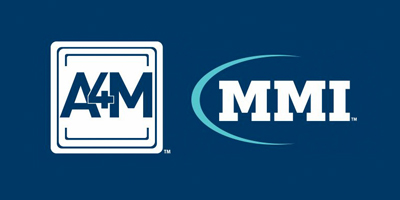U.S. adolescents consume between one-third and two-thirds of the recommended daily limits of added sugars, fats and refined grains through snacking, researchers reported recently during the virtual Nutrition Live Online meeting.
Additionally, adolescents with obesity consume higher levels of those components than peers with overweight or normal weight, according to Christina M. Croce, MS, DTR, a senior research associate at Temple University’s Center for Obesity Research and Education in Philadelphia, and colleagues.
Croce and colleagues used data from the 2005-2016 National Health and Nutrition Examination Survey to evaluate the composition of snack food groups by weight status among 6,591 U.S. adolescents aged 12 to 19 years.
They found that study participants consumed 64%, 38% and 32% of the recommended daily limits of added sugars, solid fats and refined grains, respectively, through snacking alone, and that participants with obesity consumed a greater total daily energy from snacks (normal weight, 441 kcal; overweight, 540 kcal; and obese, 645 kcal).
Additionally, participants with obesity consumed a greater percentage of total daily energy from snacks than adolescents who were normal weight and overweight (normal, 22%; overweight, 24%; and obese, 25%).
“Snacking is a key source of empty calories in the diets of U.S. adolescents, particularly among those with overweight and obesity,” Croce told Healio. “Snacks are significantly contributing to high intakes of added sugars, solid fats, and refined grains in this age group. Efforts to improve snacking by increasing fruits, vegetables, and whole grains in teens’ diets can encourage consumption patterns that are more consistent with national recommendations.”
Croce said clinicians can help parents and adolescents by providing knowledge and behavioral strategies to improve snack choices.















